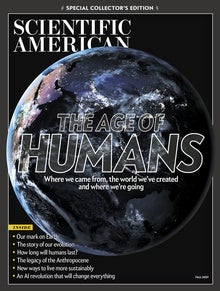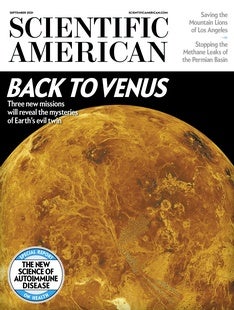 |
| August 31, 2021 |
Dear Reader,
During the Tokyo 2020 Paralympic Games, a wide array of assistive technology is on display. This week's lead story looks at how prosthetic limbs and competitive chairs are optimized for a specific athlete playing a specific sport, whether that requires maximum stability, speed or maneuverability. |
| |
 |
| |
| |
| |
| |
| |
| |
| |
| |
| |
FROM THE STORE
 | | | |
| QUOTE OF THE DAY
 "Convolutional neural networks (CNNs), designed to analyze images, have been used to good advantage in a wide range of applications, including recognizing faces and helping to pilot self-driving cars. Why not also use them to authenticate art?" Steven J. Frank, IEEE Spectrum | |
| |
FROM THE ARCHIVE
 | | | |
LATEST ISSUES
 |
| |
| Questions? Comments?  | |
| Download the Scientific American App |
| |
| |
























